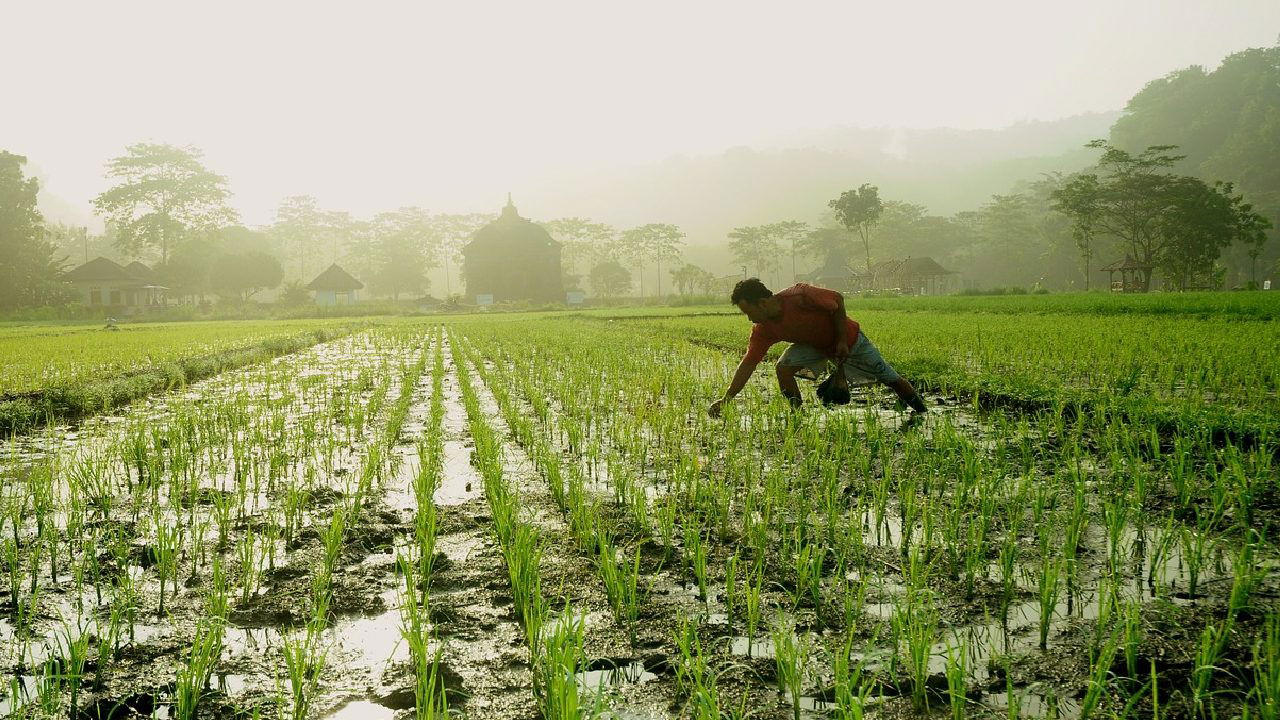
In the world of agriculture, pest management has always been a critical challenge. Farmers have traditionally relied on a variety of methods to combat pests, including chemical pesticides, crop rotation, and biological controls. However, these methods often come with significant drawbacks, such as environmental harm, health risks, and inconsistent effectiveness. Today, with the advent of advanced technologies, a new era of precision farming is emerging, one where Artificial Intelligence (AI) plays a pivotal role. Among the most promising innovations is the AI-powered pheromone trap—a game-changer in pest control that is helping farmers protect their crops more efficiently and sustainably.
Understanding Pheromone Traps
Pheromone traps have been a part of integrated pest management (IPM) for decades. These traps use synthetic versions of pheromones, which are chemicals that insects naturally produce to communicate with one another. For example, female moths release pheromones to attract male moths for mating. Pheromone traps exploit this behavior by luring male pests into traps, where they are either captured or killed. The effectiveness of these traps lies in their ability to reduce the pest population by disrupting the mating process, thereby preventing the next generation of pests from emerging.
Traditionally, farmers have had to manually monitor these traps, counting the number of pests caught to determine the level of infestation. This process, while effective, is time-consuming and prone to human error. It also requires farmers to be physically present in their fields regularly, which can be challenging, especially during busy farming seasons.
Role of AI in Modern Pheromone Traps
AI-powered pheromone traps represent a significant leap forward from their traditional counterparts. By integrating AI and machine learning technologies, these traps can now automate the monitoring process, providing real-time data on pest populations directly to farmers' smartphones or computers.
Here's how it works: A camera is installed within the trap, capturing images of the pests caught. These images are then analyzed by an AI algorithm trained to recognize specific pests, such as the notorious pink bollworm in cotton fields. The AI system counts the number of pests, identifies patterns, and predicts potential outbreaks. Farmers receive instant alerts if pest numbers approach the economic threshold level (ETL), which is the point at which the cost of pest damage exceeds the cost of control measures.
Benefits of AI-Powered Pheromone Traps
-
Real-Time Monitoring: One of the most significant advantages of AI-powered pheromone traps is real-time monitoring. Farmers can receive hourly updates on pest activity, allowing them to make timely decisions and apply control measures precisely when needed. This reduces the risk of pest outbreaks and minimizes crop damage.
-
Reduced Labor and Errors: With AI handling the monitoring and data analysis, farmers no longer need to manually check traps and count pests. This not only saves time but also reduces the likelihood of errors in pest counting, leading to more accurate and reliable data.
-
Sustainability: By targeting pest control efforts more precisely, AI-powered traps help reduce the overuse of chemical pesticides. This is beneficial for the environment, as it decreases the potential for pesticide runoff into nearby water sources and reduces the impact on non-target organisms.
-
Enhanced Decision-Making: The data collected by AI-powered traps can be used to create detailed pest management strategies. Farmers, agricultural extension officers, and researchers can analyze long-term trends and develop more effective pest control methods tailored to specific regions or crops.
-
Scalability: These traps can be deployed across vast agricultural areas, making them suitable for large-scale farming operations. As the technology becomes more widespread, it has the potential to revolutionize pest management on a global scale.
Challenges and Future Prospects
Despite the promising benefits, AI-powered pheromone traps are not without challenges. The initial cost of implementing these systems can be high, which may be a barrier for small-scale farmers. Additionally, the effectiveness of AI algorithms depends on the quality of the data they are trained on. In regions where pest behavior varies significantly, continuous updates and training of the AI models are necessary to maintain accuracy.
However, as technology advances and becomes more accessible, these challenges are likely to diminish. The success of pilot projects, such as those conducted by the Central Institute for Cotton Research (CICR) in India, demonstrates the potential of AI-powered pheromone traps to transform pest management practices.
AI-powered pheromone traps represent a significant advancement in the field of agriculture. By combining the traditional effectiveness of pheromone traps with the precision and efficiency of AI, these systems offer a sustainable and highly effective solution to pest control. As more farmers adopt this technology, the agriculture industry will continue to move towards more intelligent, data-driven practices that not only protect crops but also contribute to environmental conservation and food security.
















